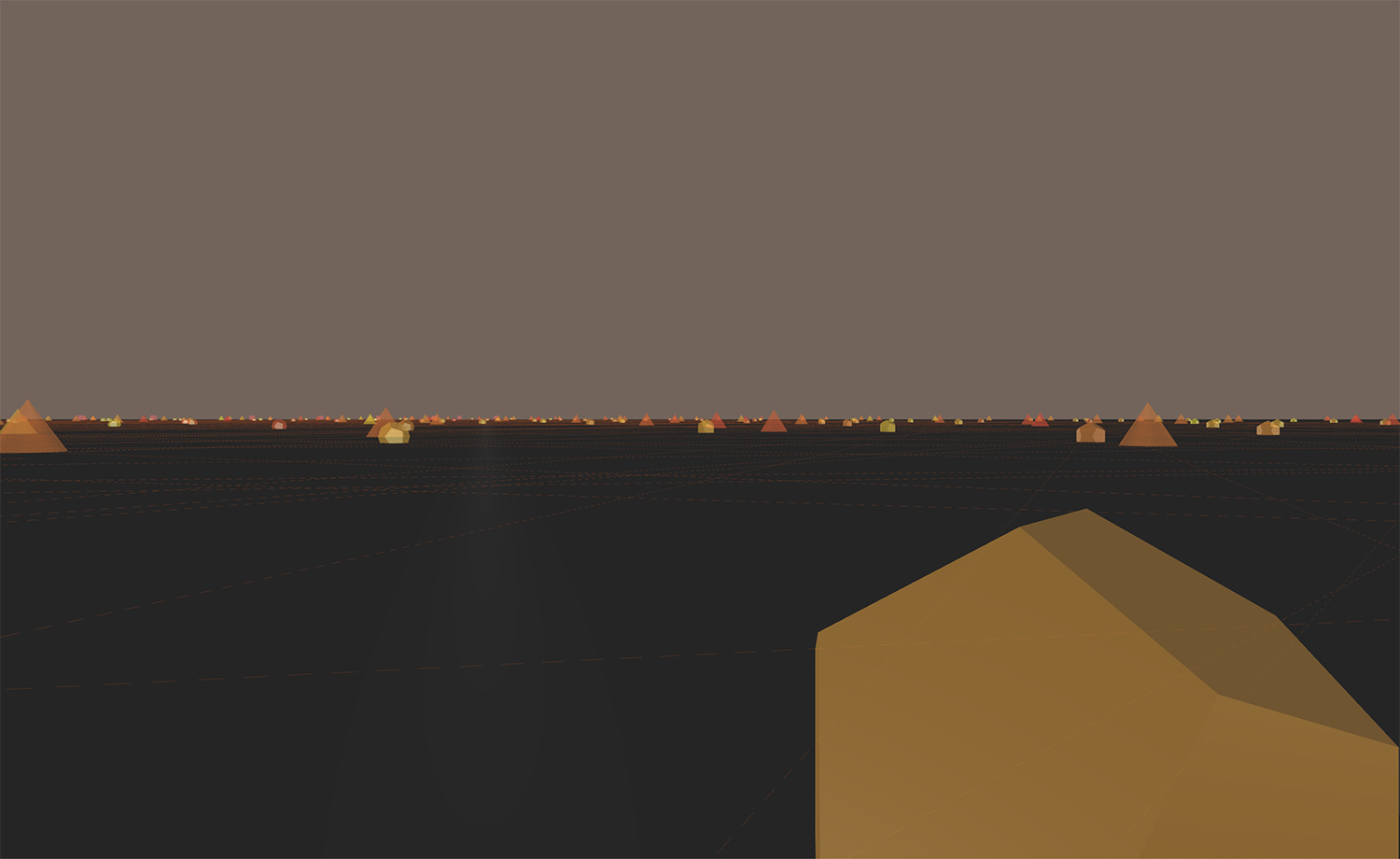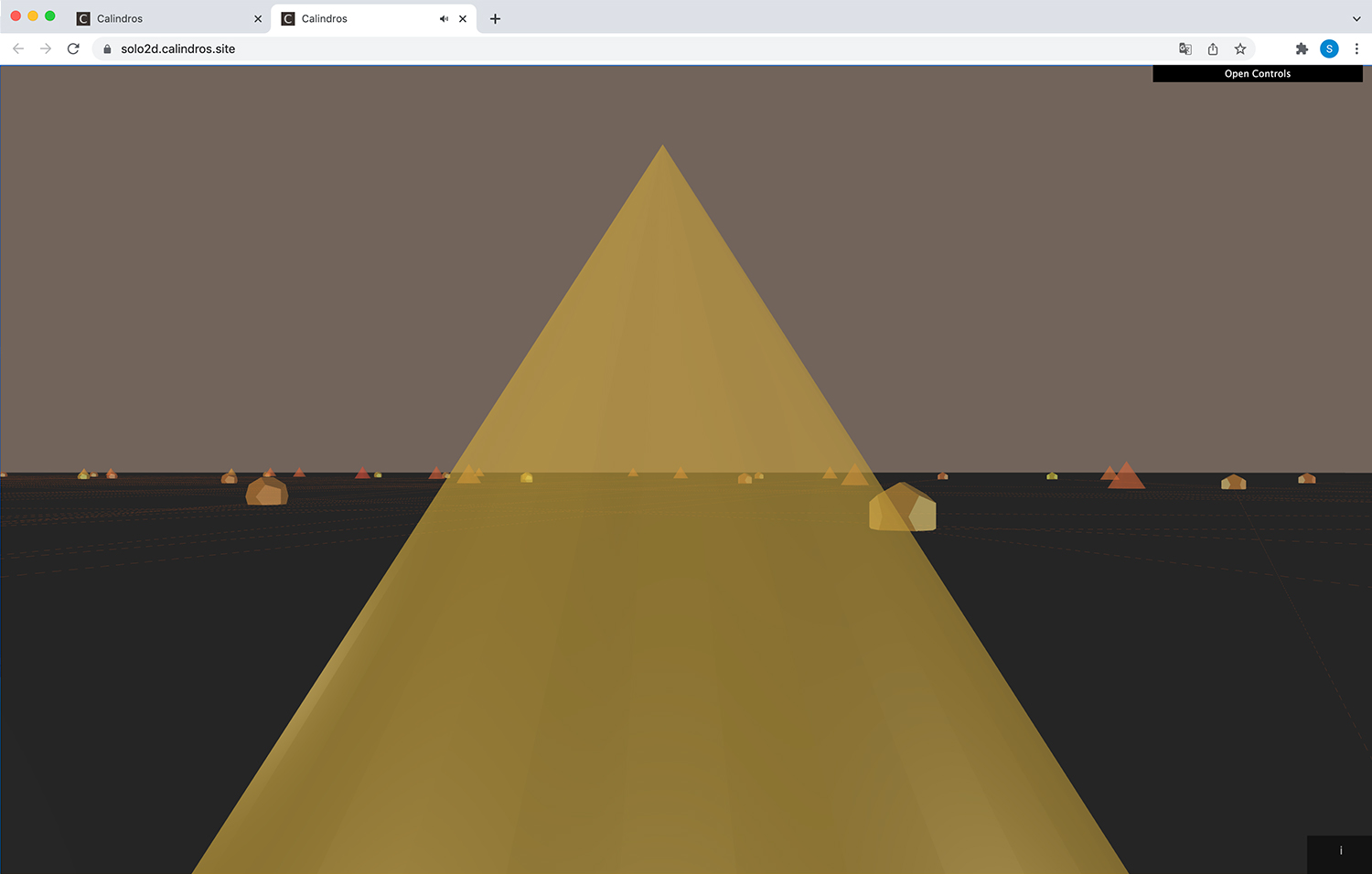CALINDROS V2.0 – CARRILLONES & CILINDROS
Sound envelope of two cities
(2020)
Ana María Rodríguez (DE) and Hugo Solís (MX)
Recordings in Berlin and audio processing: Ana María Rodríguez
Recordings in Mexico, graphics and programming: Hugo Solís
Calindros is a project conceived as an acoustic cartography that merges two iconic sonorities, on the one hand, the carrillones located in Berlin and, on the other hand, the cilindreros -also known as organ grinders- of Mexico City. The project is born as a collaboration of two sound artists where the curiosity of each one of them takes as a reference the audible material of their city where, both carrillones and organilleros, play a particular social role. The recordings of each become the source to build a virtual soundscape that visitors can navigate and manipulate from a visual interface in an abstract format that evidences the similarities and timbral relationships between both sound groups. Calindros is a piece that provokes an attentive listening and allows the amalgamation of two geographically distant “territories” with divergent timbres, but socially equivalent.

The objective of the experience is to perform a territorial navigation of the sounds presented in a 3D virtual experience. The free navigation of the sound territory allows to generate unique and individual interpretations and explorations that produce sound results of surprising symbiosis.
Calindros is a networked audiovisual sound experience whose starting point was the recording of carrillones from the city of Berlin and of cilindreros -also known as organ grinders- from Mexico City. The approximately four hours of high quality recordings were automatically segmented looking for attacks and abrupt changes of timbre. Approximately eight thousand sound fragments were obtained. Each sound fragment was extracted from what in the field of Music Information Retrieval is known as audio descriptors, which are numerical values that describe a sound. With this information a database optimized for the search of timbre similarities was built. In this way the system can classify the sounds and can generate timbral relationships between them.
In each exploration session, a “territory” of one thousand sounds with timbre similarity is generated. These sounds are randomly distributed in space. The sounds of the chimes are associated with cones and the sounds of the organ grinders are associated with dodecahedra. The color of each object is associated with the average frequency of each sound, generating a visual gradient where low sounds are red and high sounds are increasingly yellow. A dotted line generates the optimal path of timbre similarity. That is, navigation with the most subtle transitions between sounds. A third visual group with cylindrical shaped objects are fragments previously processed with some kind of sound synthesis.

Instructions:
Headphones are recommended for a better experience.
Use the mouse movement to move your gaze from left to right.
To FORWARD: Right mouse button, W key or keyboard arrow key.
To REWIND: Left mouse button, S key or keyboard arrow.
To LEFT: mouse movement, A key or keyboard arrow.
For RIGHT: mouse movement, D key or keyboard arrow.
For VOLUME and OPTIONS: open the options menu at the top right.
This experience works on Chrome, Edge and Firefox browsers and does not currently work on cell phones.
For more details please visit project information.
https://solo2d.calindros.site/
https://group3d.calindros.site/
This project was supported by UNAM’s Casa del Lago.